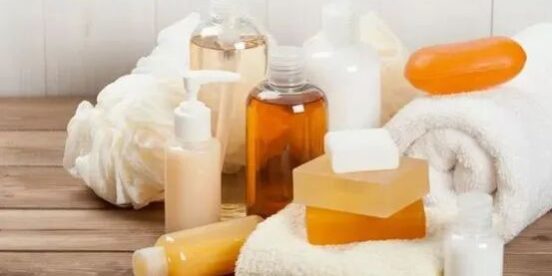How do hydrophilic surfactants form a protective boundary around oil droplets?
Hydrophilic surfactants form a protective boundary around oil droplets in a fascinating and rather efficient manner, fundamentally due to their unique structure and preference for water over oil. These surfactants, also known as emulsifying agents, are made up of two distinct parts. One part is hydrophilic, or ‘water-loving,’ and the other is hydrophobic, or ‘water-hating but oil-loving.’ This dual nature allows them to interact effectively with both oil and water molecules.
Formation of Protective Boundary by Hydrophilic Surfactants
1. Surfactant Introduction:
When hydrophilic surfactants are introduced to the oil-water mix, they position themselves at the water-oil interface due to their amphiphilic structure. The hydrophilic heads of the surfactant molecules are attracted to the water phase, and their hydrophobic tails drawn towards the dispersed oil droplets.
2. Orientation at the Interface:
During the agitation of oil and water, oil droplets break up and become surrounded by water. As soon as an oil droplet is formed, the strategically positioned surfactant molecules immediately move to surround it. Here, the surfactant molecules arrange themselves in such a way that hydrophilic heads point towards the water phase and the hydrophobic tails stick into the oil droplet. This alignment forms a protective barrier or an interface between the oil droplets and the surrounding water.
3. Stabilization of the Emulsion:
This orientation of surfactants creates a stable layer around each oil droplet, preventing the oil droplets from merging together or coalescing back into a separate oil layer. This is vital, as without this stabilization, the oil and water would eventually separate due to their natural immiscibility.
4. Repulsion Forces:
Finally, many surfactant molecules lend a charge to the oil droplet, contributing to the stability of the emulsion by introducing repulsive forces that resist droplets’ natural tendency to clump together and merge.
In conclusion, hydrophilic surfactants create a protective shield around the oil droplets by aligning at the oil-water interface, with their hydrophilic heads pointing towards water and hydrophobic tails pointing towards oil droplets. This characteristic arrangement prevents the droplets from coalescing, hence stabilizing the oil-in-water emulsion.







